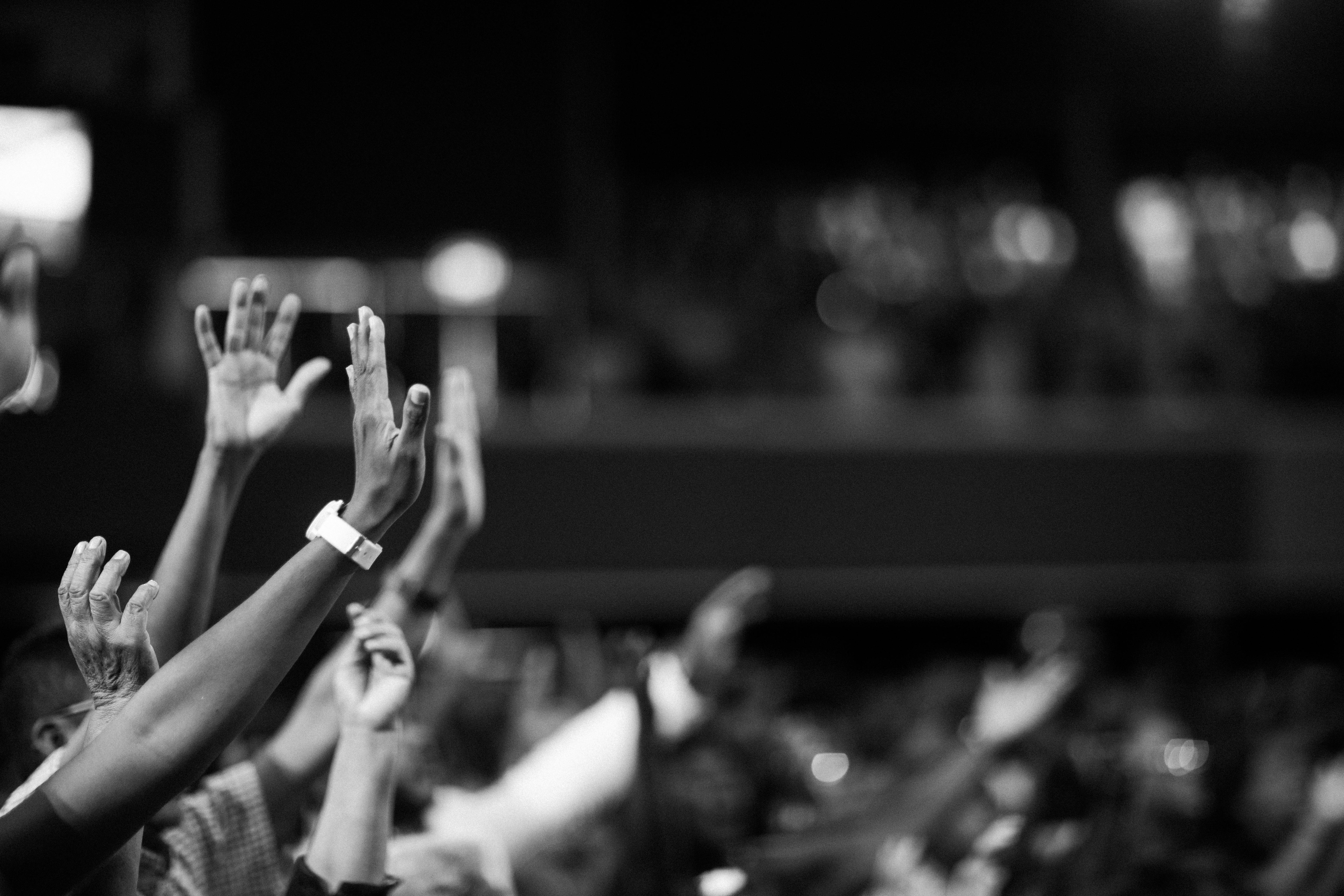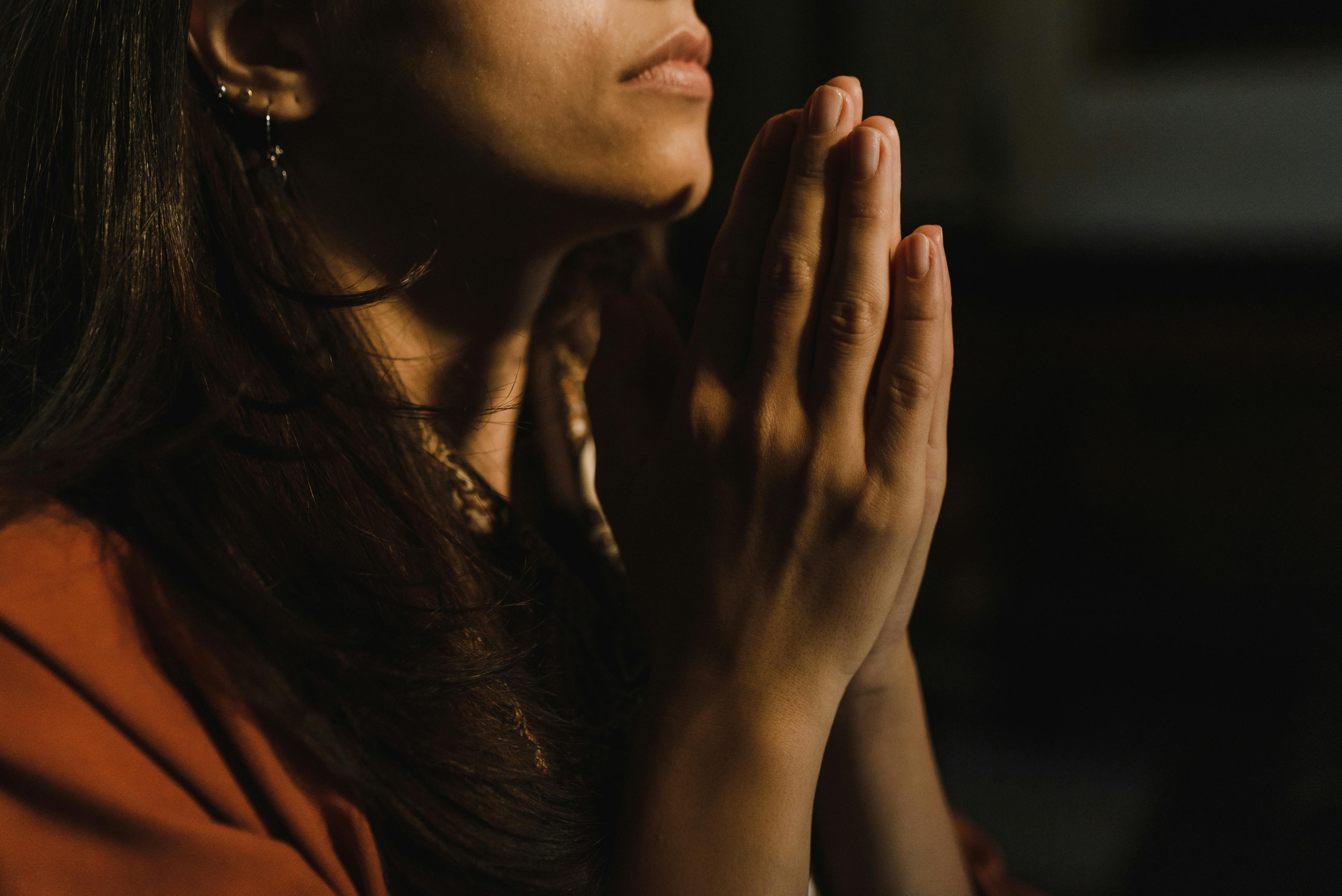Ross Douthat Breaks Down Barriers To Faith

How do you convince someone of the truth, goodness, and beauty of the Christian faith when you cannot draw on basic religiosity that has been shared by most civilizations throughout human history? This is the challenge Christians face today as we seek to broach the gospel with friends who find any faith in God (let alone a Christian one) stupefying or preposterous.
It’s this type of person—someone who takes as a given a materialistic, disenchanted worldview—that The New York Times columnist Ross Douthat seeks to persuade in Believe: Why Everyone Should Be Religious.
His approach is uncommon among Christian apologetic texts, as he sets aside specific arguments about Christianity at the beginning of the work. Instead, he foregrounds the case for belief itself, inviting his readers to “start at a more fundamental level—with mere religion, not just mere Christianity—and work [their] way upward from there to the questions and choices where the great faiths differ and part ways” (18).
Disintegrating Materialism
The first contemporary barrier to religious belief is often that we assume materialism’s truthfulness. Douthat begins by imploring his readers to abandon the path of materialistic unbelief and embrace the journey of belief. He turns the arguments of scientifically minded atheists on their head: far from disproving God’s existence, scientific advances have strengthened the case for a higher power.
For instance, one earlier bedrock belief of materialists was the eternality of time and matter, which supports the impersonal, random origin of the world. However, the widespread acceptance of the Big Bang theory among the scientific community posits that time and matter had a beginning point. Douthat argues this theory fits with the ancient Christian claim of creation ex nihilo. So the scientific consensus opens the door for belief that creation is the work of a God who’s outside of time and space.
Likewise, neuroscience advances have shown that thoughts, feelings, and emotions are likely supernatural. They aren’t merely the product of materialistic causes in the brain but above and beyond them.
Neither the Big Bang theory nor the mind’s immateriality ultimately proves God. However, they together show that the correlation between scientific progress and unbelief is a culturally curated myth. As Douthat notes, “The idea that the cosmos was intended, that mind is more fundamental than matter, that our minds in particular have a special relationship to the physical world and its originating Cause—all of these ideas have had their plausibility strengthened, not weakened, by centuries of scientific success” (61).
The correlation between scientific progress and unbelief is a culturally curated myth.
Douthat’s arguments against materialism are the strongest part of the book. They’ll be extraordinarily helpful for Christians engaging those with hangups about our faith that extend beyond moral and institutional qualms. Instead of ending up in interminable arguments about “science vs. religion,” Believe shows scientific engagement with the material world can open someone up to the spiritual realities undergirding that world.
Alternate Pathways
Even if we open ourselves up to spiritual realities, we have to navigate the diverse religious explanations of this reality. Douthat wants readers who are willing to break with materialism to progress from deism to a thicker form of religion by seriously evaluating the moral and theological claims of the major world religions. While he’s upfront about his desire for this journey to conclude with an embrace of traditional Christianity, he grants readers frequent opportunities to stop along the way.
Douthat assumes those who take these alternative sojourns will benefit from the journey even if they don’t wind up pursuing orthodox Christianity. This approach seems gracious, but, as he acknowledges, it can sound like all religious paths lead to the same God. While the book ends with a compelling case for traditional Christianity (Douthat is himself a Roman Catholic), it’d be easy at many moments along the way for readers to assume Douthat is advocating a kind of religious pluralism, despite his statements to the contrary.
For instance, he argues that any sincere attempt at faith brings a kind of reward to the individual, even if it doesn’t end in faith in Christ: “If you never reach the absolutely truest place, you might still make a kind of progress, orient your life more closely to its cosmic purpose, or do something pleasing to the gods or God” (112).
However, it’s not as if any step toward religiosity is inherently good. A friend who converts from atheism to Islam may not be any closer to embracing the resurrected Christ. The path to Christianity isn’t always a pleasant journey from unbelief to belief. It requires rejecting false gods from the outside and repenting from sin on the inside. Though Paul uses the “unknown god” to point to a general awareness of the divine, he ends his irenic speech at the Areopagus with confrontation. He implores his audience to reject images of gold and repent in the face of impending cosmic judgment (Acts 17:22–34). Douthat’s apologetic can tend to smooth over these edges.
While individuals who move from atheism to deism might be on their way to knowing the one true God, they still don’t have assurance of salvation, which can only come through a confession of faith in Jesus as Lord and God. The language of assurance would help remedy some of the concerns in Believe, as it allows room for Christians to affirm what they see as legitimate progress toward God while still exhorting their friends to continue on a journey that leads to full faith in Christ.
Traditional Apologetics
No apologetics book can bring someone to faith in the resurrected Christ on its own. At best, books establish antecedent probabilities: little bits of persuasive evidence that may contribute to conversion but cannot guarantee it. For many people, their resistance to the Christian faith is broken down by rational arguments, the testimony of friends, and the experience of Christian community. Ultimately, conversion requires the Holy Spirit’s work.
The path to Christianity isn’t always a pleasant journey from unbelief to belief. It requires rejecting false gods from the outside and repenting from sin on the inside.
Additionally, because of the unique dynamics at play in each conversion, individuals will find different books persuasive. Traditional apologetic books that focus on Christianity’s evidential claims, like Lee Strobel’s The Case for Christ, will be helpful to some. For others, the moral arguments for Christianity in books like Mere Christianity and The Reason for God will break down barriers to truth.
Douthat’s Believe may help those hostile to religion of any kind open up to the gospel, though further help outside its pages may be needed to guide them to acknowledge Jesus Christ as the way, the truth, and the life.

